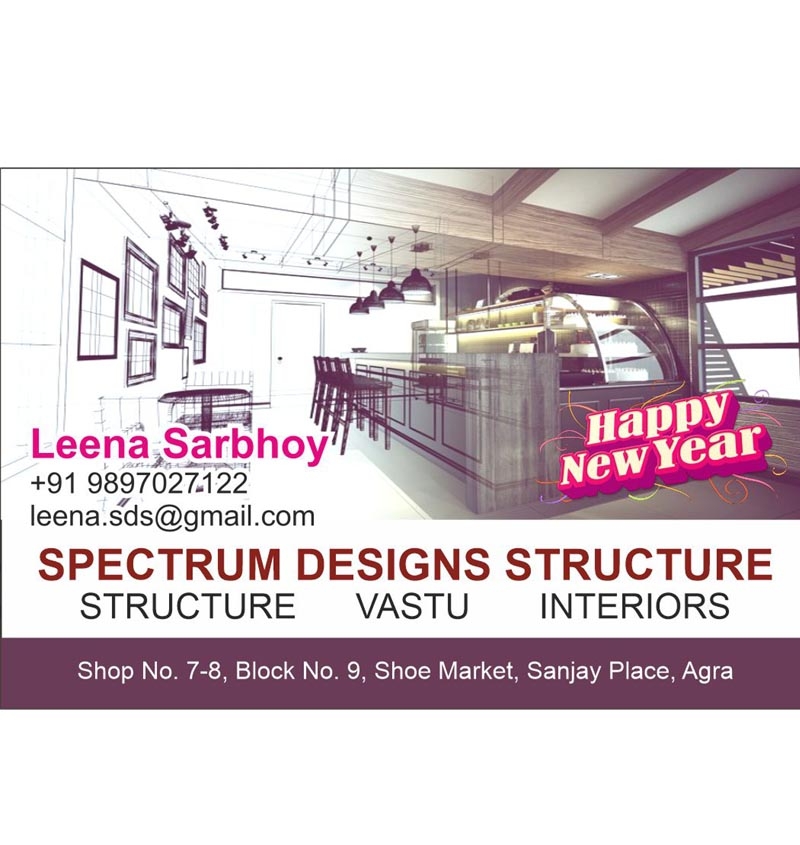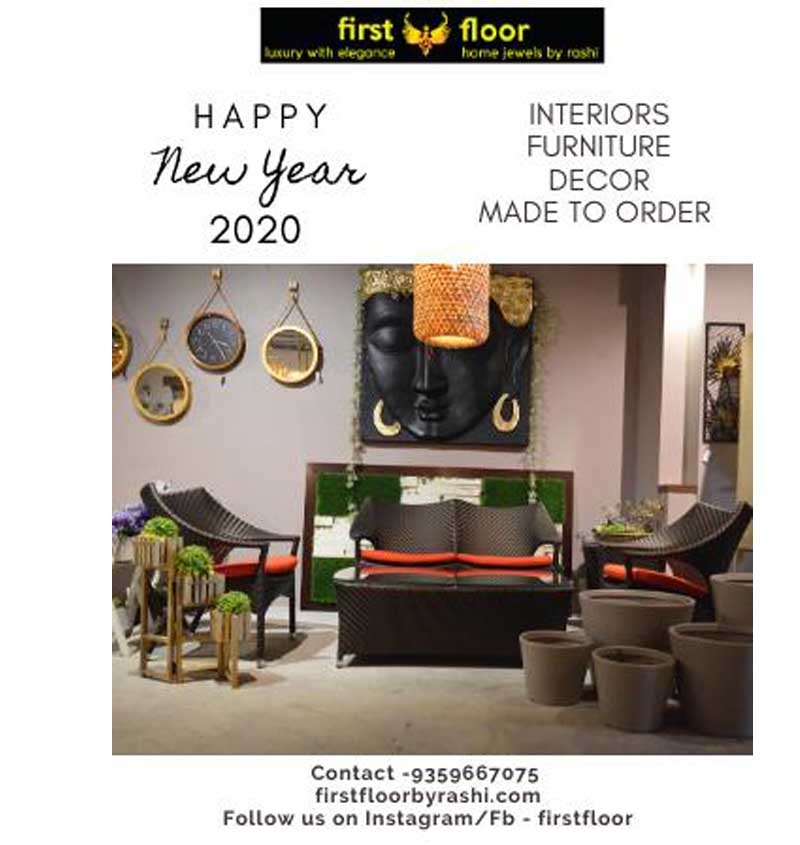Interior design, the art of enhancing the interiors of a space to achieve a healthier and more aesthetically pleasing environment, has evolved dramatically over the centuries. From the opulence of ancient palaces to the minimalism of contemporary homes, interior design styles reflect the social, cultural, and technological changes of their times. Here, we explore the journey of interior design through different historical periods, highlighting key styles and their defining characteristics.
Ancient and Classical Interiors
1. Egyptian: The interiors of ancient Egypt were characterized by grandeur and symmetry, reflecting the Egyptians' belief in an ordered universe. Walls were adorned with hieroglyphics and murals depicting gods, pharaohs, and daily life. Furniture was functional yet elegant, often made from stone, wood, and precious metals.
2. Greek: Greek interior design emphasized harmony, proportion, and balance. Public spaces, like temples and theaters, featured columns and intricate carvings. In homes, furniture was minimal yet functional, with an emphasis on comfort. The use of natural light and open spaces was integral to Greek interiors.
3. Roman: Roman interiors borrowed heavily from Greek design but added their own touches of luxury and opulence. Villas were adorned with mosaics, frescoes, and intricate tile work. Furniture was often elaborate, made from marble, bronze, and other luxurious materials. Roman interiors also introduced the concept of distinct rooms for different functions, a precursor to modern space planning.
Medieval and Renaissance Interiors
1. Medieval: During the medieval period, interiors were heavily influenced by the feudal system and the church. Castles and manor houses were designed for defense and practicality, with thick walls, small windows, and large hearths. Furniture was sparse and functional, often made from heavy wood.
2. Gothic: The Gothic style, emerging in the later medieval period, brought a sense of height and light to interiors. Cathedrals featured soaring ceilings, pointed arches, and large stained glass windows. Gothic homes had more decorative elements, including intricately carved wooden furniture and tapestries.
3. Renaissance: The Renaissance period marked a return to classical ideals of beauty and symmetry. Interiors were richly decorated with frescoes, tapestries, and ornate furniture. The use of perspective in art influenced interior spaces, creating a sense of depth and proportion. Palaces and homes of the wealthy showcased luxurious materials and intricate details.
Baroque to Victorian Interiors
1. Baroque: The Baroque period was characterized by extravagance and grandeur. Interiors were lavishly decorated with bold colors, gold accents, and intricate details. Furniture was ornate, often featuring curved lines and elaborate carvings. Baroque interiors aimed to impress and convey wealth and power.
2. Rococo: Rococo style, emerging in the 18th century, was a lighter, more playful version of Baroque. Interiors were elegant and whimsical, with pastel colors, delicate furniture, and intricate patterns. Rococo emphasized comfort and intimacy, with a focus on smaller, more private spaces.
3. Neoclassical: Reacting against the excesses of Rococo, the Neoclassical style sought to return to the simplicity and grandeur of classical antiquity. Interiors were characterized by clean lines, muted colors, and symmetry. Furniture was elegant yet restrained, often inspired by Greek and Roman designs.
4. Victorian: The Victorian era, spanning much of the 19th century, saw a return to opulence and eclecticism. Interiors were heavily decorated with rich fabrics, ornate furniture, and a mix of historical styles. The Industrial Revolution made mass-produced furnishings and decorative items more accessible, leading to highly personalized and cluttered spaces.
Modern to Contemporary Interiors
1. Modernism: The early 20th century brought a dramatic shift with the rise of modernism. Rejecting historical styles, modernist interiors emphasized function, simplicity, and the use of new materials like steel, glass, and concrete. Pioneers like Le Corbusier and the Bauhaus movement championed open spaces, minimalism, and the integration of form and function.
2. Mid-Century Modern: The mid-20th century saw the rise of mid-century modern design, characterized by clean lines, organic shapes, and a focus on functionality. Influenced by Scandinavian design, this style emphasized natural materials, simplicity, and the seamless integration of indoor and outdoor spaces.
3. Postmodernism: Postmodernism emerged as a reaction against the austerity of modernism. Interiors were eclectic and playful, combining different styles, colors, and materials. The emphasis was on individuality and creativity, often incorporating historical references in unexpected ways.
4. Contemporary: Today's contemporary interiors reflect a blend of various styles, with an emphasis on comfort, functionality, and sustainability. Open floor plans, natural light, and the use of eco-friendly materials are prevalent. Technology plays a significant role, with smart home features and innovative design solutions.
Conclusion
The evolution of interior design styles mirrors the broader cultural, technological, and social changes of each era. From the grandeur of ancient civilizations to the sleek minimalism of contemporary homes, interior design continues to evolve, reflecting our changing tastes, values, and lifestyles. As we look to the future, the focus on sustainability, technology, and personalization will likely shape the next chapters in the history of interior design.



















Your Message